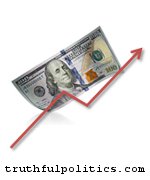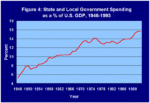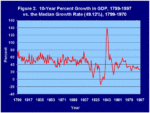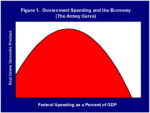
Lawrence H. White in The Concise Encyclopedia of Economics in 2008 writes that inflation is the ongoing rise in the general level of prices. Thus, the overall purchasing power of the monetary unit, such as the U.S. dollar, falls over time and buys less each year. Economies on gold or silver standards sometimes experienced inflation, […Full Article]




